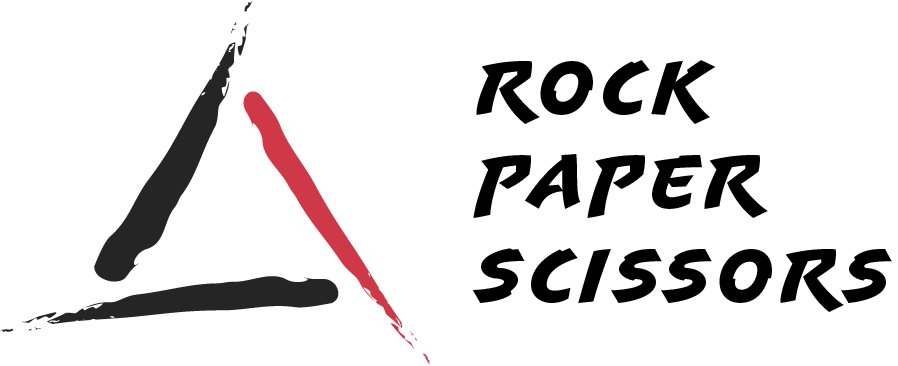“Every product owner needs to know their role to guide product’s progress and team management toward success”
A product owner is the living core of every product development cycle. They should know how to develop the product, what the customer wants and needs, envision the product, and can communicate their vision to the team. This article will help you understand what a product owner, their roles, and responsibilities in scrums are.
Who is Product Owner?
A product owner is the leader of the team that is responsible for envisioning the product to the development team. The product owner needs to bring the most out of the product. On a Scrum team, the product owner needs to clearly define the company’s goals, direction, and process. Even more, the product owner is responsible for both the internal and external stakeholders throughout the product creation.
Without a product owner, the scrum team faces several challenges, such as:
- Struggling to clarify the goals and deliverables.
- The development team can’t have sorted information due to the lack of the ability to discern what is key to the project.
- Lack of accountability within the larger organization to finish the work on time.
What Does A Product Owner Do?
The product owner needs to be able to lead in many areas of product development. Here are the responsibilities of a product owner:
1.Defining the Vision
The product owner is responsible for communication with stakeholders, including customers, business managers, and the development team, to make sure that everyone understands the goal and process. A team vision can be maintained using a product roadmap; a strategic visual summary that outlines the vision and direction for the product offering over time.
2.Managing The Product Backlog
Having a development to-do-list help the team figure out their task every day. The product owner’s responsibility is to create a list of backlog items and prioritize them based on the overall strategy and business objectives. Remember that on a scrum team, the product backlog isn’t a static to-do list because it will change frequently.
3.Prioritizing Needs
The product owner needs to juggle the priorities between scope, budget, and time. Weighing the needs and business objectives need to be done to know the current preferences. The product owner needs to work according to business goals, as the project evolves. The product owner will have to gauge which areas have the flexibility and which don’t to determine how and when each product element will be developed.
4.Overseeing Development Stages
By being the key player, the product owner should spend a significant amount of time monitoring the actual development of the product. They need to see the bigger picture to plan, refinement, review, and sprint.
5.Anticipating Client Needs
Every product owner needs to understand and predict the client’s needs to more effectively manage the development process. They should have in-depth market knowledge and updated with what’s going on in the market. Communication skills allow the product owner to anticipate problems or needs and address them clearly to the stakeholders.
6.Acting As Primary Liaison
The product owner is also the primary link between stakeholders and development teams. Making sure that there's a buy-in from stakeholders on significant decisions and strategy. They should also be able to give instruction and deliverables with the stakeholders standard for all the developers.
7.Evaluating Product Progress at Each Iteration
A product owner is accountable for each stage of the development stage and the final product. Inspecting and assessing product progress is the role of every product owner. The product owner makes the judgment call on every performance, and decide if the team needs to do a refinement or carry on to the next steps.
Product Owner Responsibility In The Sprint
The goal of the scrum framework is to deliver a product increment every sprint. A product owner is responsible for the pre, during, and post the sprint:
1.Pre-Sprint
The product owner needs to work with stakeholders to identify the project's goals. Defining the project's goals helps to know the length, scope, and time-length of the project. The product owner will now establish the criteria that the sprint must meet for acceptance.
2.During the Spring
The product owner will now have a meeting with the developer's team to communicate the stakeholder's acceptance criteria. The product owner will accept or reject the backlog item and responsible for the refinement of the product.
3.Post-Sprint
At this stage, the product owner leads the sprint demo, or review meeting, to update the stakeholders. With the feedback given, once the sprint is complete, the project owner needs to evaluate the process and identify opportunities for improvement.
Conclusion
Every product owner carries significant responsibilities with varied roles; business strategist, product designer, market analyst, customer liaison, and project manager. To be a good product owner, you should, at the very least, know the definition, roles, and responsibilities.
Rock Paper Scissors is the missing link between business and technical world. We translates business language into technical, and technical limitation into business constraints. We guide organization and individuals alike to create their own digital product and navigates all the complexity of product creation process. Find out more.
References:
https://www.smartsheet.com/everything-you-need-know-about-product-owners
https://www.lucidchart.com/blog/product-owner-roles-and-responsibilities
